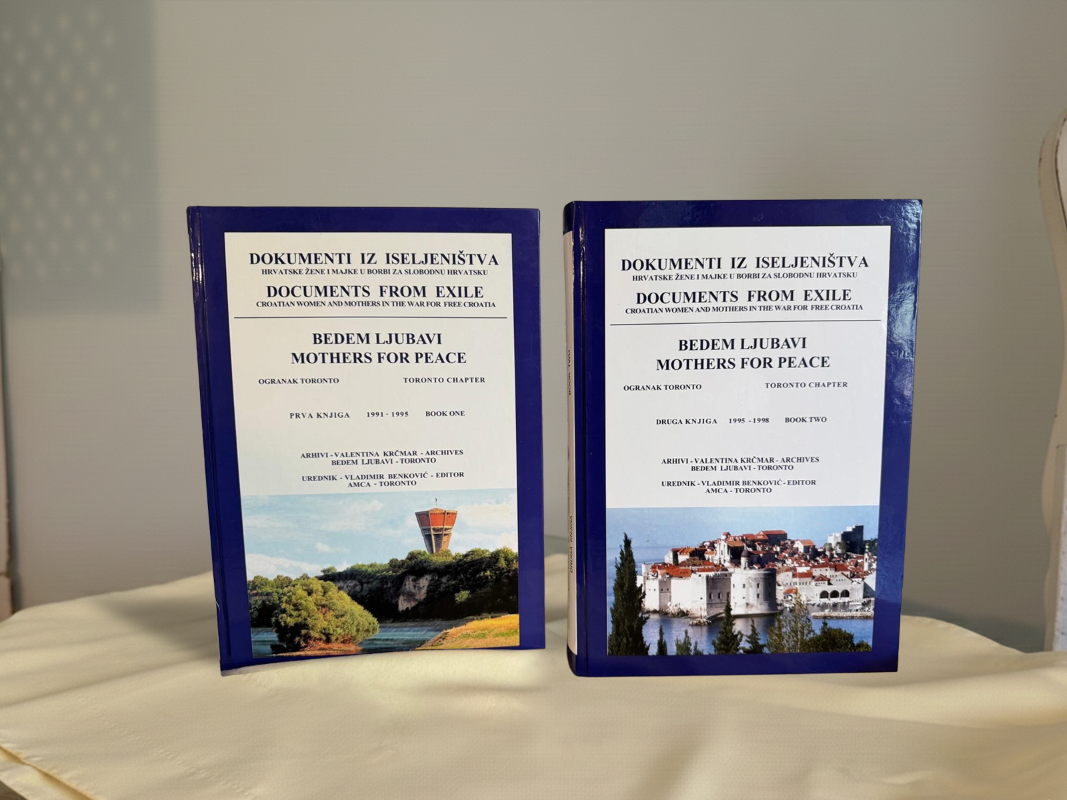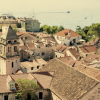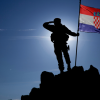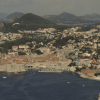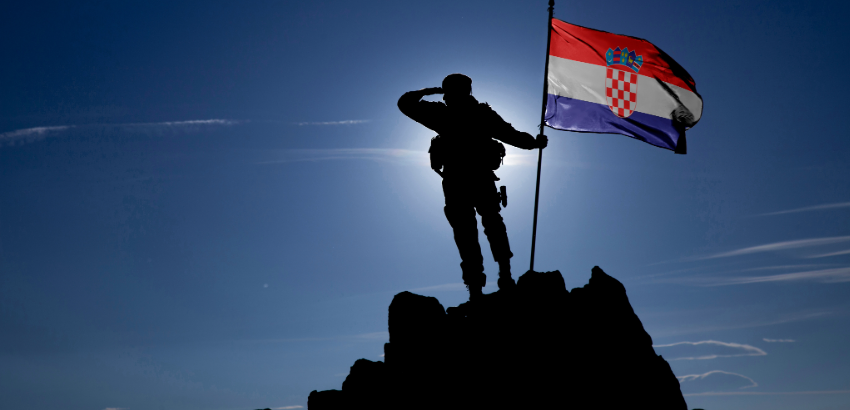
By early 1992, the worst of Croatia’s fighting had begun to subside — not because peace had been achieved, but because the war was shifting beyond its borders. After a year of devastation, international actors finally stepped in, seeking to stabilize the region and halt the bloodshed.
January 2 – Sarajevo Agreement: A Fragile Ceasefire
The new year began with cautious hope. On January 2, a UN-brokered ceasefire, known as the Sarajevo Agreement, came into effect. Negotiated by diplomat Cyrus Vance, the deal sought to freeze hostilities between Croatian and Serb forces. Although sporadic fighting continued, it marked the first real step toward ending the large-scale conflict.
January 15 – International Recognition of Croatia
Just two weeks later, the European Economic Community (EEC) formally recognized Croatia as an independent state. For many Croatians, it was the moment they had fought so hard for — international validation of their sovereignty. The recognition also signaled a shift in global perception, as European nations began to acknowledge the dissolution of Yugoslavia as irreversible.
February–April – UNPROFOR Deployed
Between February and April, the United Nations Protection Force (UNPROFOR) was deployed across Croatia. These peacekeepers were stationed in four designated United Nations Protected Areas (UNPAs), regions with heavy Serb populations. While their presence brought a measure of calm, UNPROFOR struggled to enforce demilitarization. Serb-held areas remained armed and effectively autonomous, leaving Croatia divided and uneasy.
May 22 – Croatia Joins the United Nations
On May 22, Croatia officially joined the United Nations, solidifying its place among the international community. The move represented not just diplomatic recognition, but also a symbolic victory for a country still grappling with occupation, displacement, and loss.
Throughout 1992 – War Shifts to Bosnia and Herzegovina
As the year progressed, the focus of regional conflict shifted. Attention turned to neighboring Bosnia and Herzegovina, where ethnic tensions erupted into another brutal war. While Croatia’s frontlines grew quieter, the humanitarian and political challenges were far from over. For many, 1992 was not an end — it was an uneasy pause.
